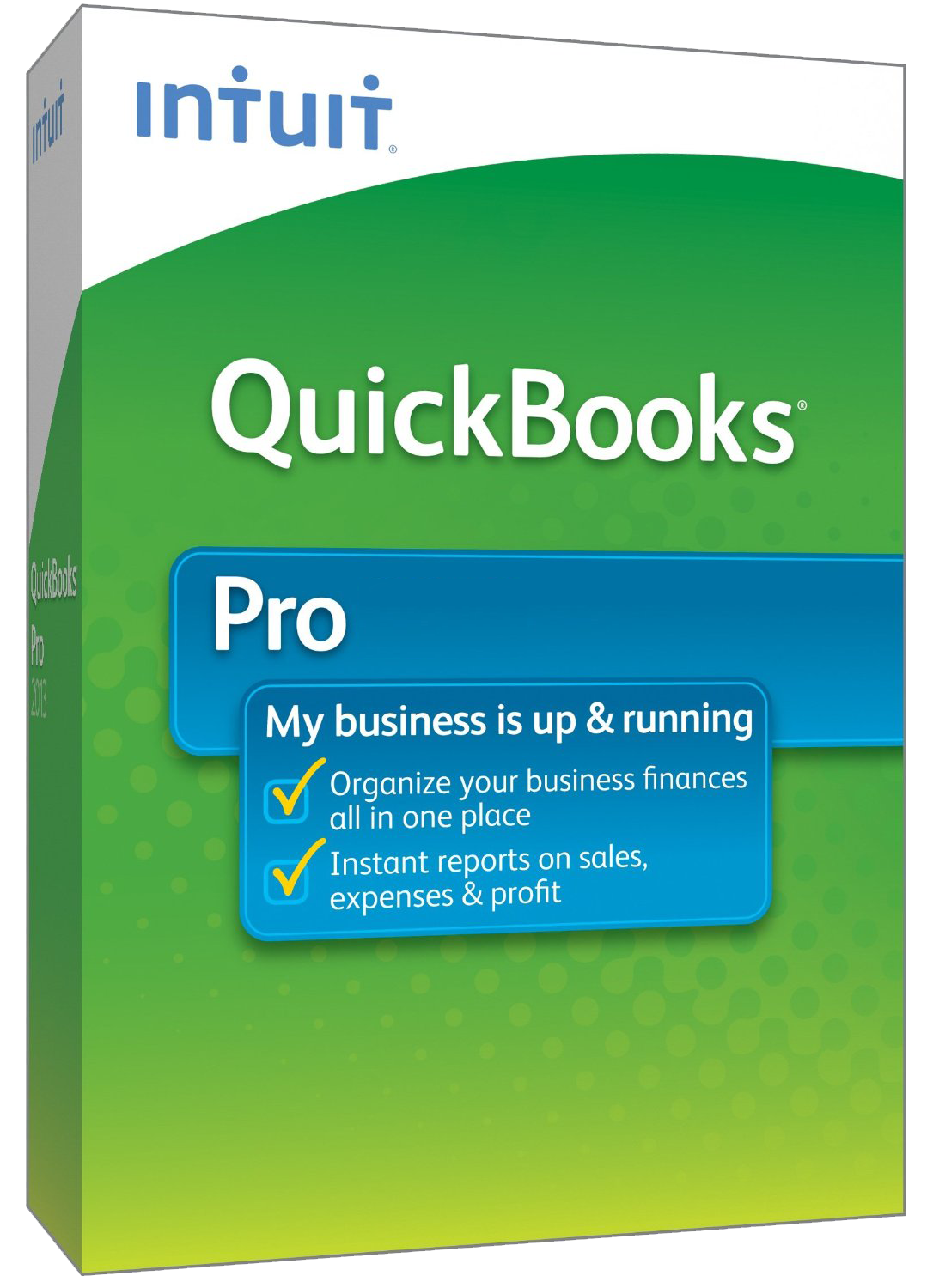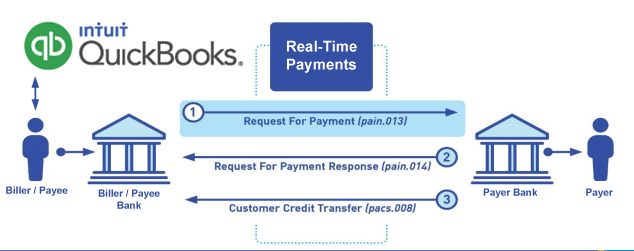QuickBooks® Create Request For Payment File Format
The Best Solution for Payment Processing in QuickBooks®
Today Payments is an Authorized Developer of Intuit offering a highly robust app that supports both QuickBooks’ desktop and online customers, provide merchants with the tools they need so they can focus more time on their customers and businesses, and less time on data entry.
"Our Integrated payment solutions can save a typical small business owner more than 180 hours each year"
See
the features
QuickBooks® ACH, Cards, FedNow and Real-Time Payments
- Payment processing for all QuickBooks desktop, Pro, Premier, Enterprise and also QBO QuickBooks Online Our software is designed for simplicity and ease-of-use.


- ~ Automate Account Receivable Collection
- ~ Automate Account Payable Payments
- ~ One-time and Recurring Debits / Credits
Secure QB Plugin payment processing through QuickBooks ® specializes in the origination of moving money electronically.
Ask about our special:
Request for Payments
To create a FedNow Instant and Real-Time Payments Request for Payment (RfP) file format for uploading into QuickBooks Online (QBO), you'll need to combine the FedNow messaging structure with a format that is compatible with QuickBooks' data import requirements. QuickBooks Online typically allows the import of files in CSV format for bank transactions, while FedNow uses the ISO 20022 XML standard. You'll have to map the fields between the two formats appropriately.
Below is a process that bridges the FedNow RfP format with a QBO-compatible format.
Step 1: Structure the ISO 20022 (pain.013.001.07) File for FedNow
The FedNow RfP format uses ISO 20022, and the typical XML structure would look like this:
xml
<Document xmlns="urn:iso:std:iso:20022:tech:xsd:pain.013.001.07">
<CstmrDrctDbtInitn>
<GrpHdr>
<MsgId>Msg-001</MsgId>
<CreDtTm>2023-09-14T10:30:00</CreDtTm>
<NbOfTxs>1</NbOfTxs>
<CtrlSum>100.00</CtrlSum>
<InitgPty>
<Nm>Debtor Name</Nm>
<Id>
<OrgId>
<Othr>
<Id>DEBTOR_ID</Id>
</Othr>
</OrgId>
</Id>
</InitgPty>
</GrpHdr>
<PmtInf>
<PmtInfId>Payment-001</PmtInfId>
<PmtMtd>TRF</PmtMtd>
<ReqdColltnDt>2023-09-20</ReqdColltnDt>
<Cdtr>
<Nm>Creditor Name</Nm>
</Cdtr>
<CdtrAcct>
<Id>
<IBAN>US12345678901234567890</IBAN>
</Id>
</CdtrAcct>
<Dbtr>
<Nm>Debtor Name</Nm>
</Dbtr>
<DbtrAcct>
<Id>
<IBAN>US09876543210987654321</IBAN>
</Id>
</DbtrAcct>
<RmtInf>
<Ustrd>Invoice #12345</Ustrd>
</RmtInf>
</PmtInf>
</CstmrDrctDbtInitn>
</Document>
This is how the FedNow RfP message would look. However, QuickBooks Online (QBO) requires CSV (or IIF) format for importing transactions. You will need to map the relevant fields from the XML message to a format that QBO accepts.
Step 2: Create a CSV for QBO
QuickBooks Online can import transactions using CSV files, and it expects specific fields, including the following:
- Date: The transaction date.
- Description: A description of the transaction (e.g., Invoice number, vendor name).
- Amount: The transaction amount.
- Payee: Who the payment is made to (creditor).
- Payment Method: This can be left blank if it's a bank transaction.
The corresponding mapping from the FedNow XML to QuickBooks CSV can be done as follows:
|
QBO CSV Field |
FedNow XML Field |
|
Date |
<CreDtTm> (or <ReqdColltnDt>) |
|
Description |
<RmtInf><Ustrd> (Remittance information) |
|
Amount |
<CtrlSum> (Control Sum) |
|
Payee |
<Cdtr><Nm> (Creditor Name) |
|
Payment Method |
"Bank Transfer" (or relevant payment method) |
Example of QBO CSV Format:
Here's an example of how the mapped data would look in a CSV file for QBO:
csv
Date,Description,Amount,Payee,Payment Method
2023-09-20,Invoice #12345,100.00,Creditor Name,Bank Transfer
Step 3: Exporting Data
- Extract Information from FedNow XML:
- You can use an XML parser in any programming language (Python, JavaScript, etc.) to read the FedNow XML file and extract the relevant fields.
- Map those fields to the CSV columns.
- Create the CSV File:
- Once you have extracted the relevant fields, structure them in CSV format as described above.
- Ensure that the CSV file has the required headers and all necessary fields filled in.
Step 4: Upload to QuickBooks Online
- Log in to QuickBooks Online.
- Navigate to the Banking Section.
- Click on the "Upload Transactions" button.
- Follow the prompts to upload the CSV file you created.
- QuickBooks will guide you through a review process to ensure the fields are mapped correctly. Verify that the data looks correct before finalizing the import.
Step 5: Reconcile and Confirm the Payments in QBO
Once uploaded, you can use QuickBooks Online’s bank reconciliation features to match these payments to existing invoices or expense records.
Automating the Process (Optional)
You may want to automate this process by integrating FedNow RfP data with QuickBooks Online using APIs or automated CSV generation tools. You can programmatically convert the FedNow XML into a CSV file and automatically upload it into QBO using QuickBooks’ API, streamlining the entire process.
If you're familiar with QuickBooks API and FedNow integration, you could set up a workflow that:
- Pulls the RfP message in ISO 20022 XML format.
- Converts it into CSV (or directly inputs into QBO via API).
- Reconciles the payment automatically in QuickBooks Online.
This would remove the need for manual intervention and speed up the reconciliation of real-time payments.
Final Notes
- Ensure that the fields you're using in your CSV file are compatible with QuickBooks' import functionality.
- Test the file upload with smaller batches of data to confirm that everything is functioning correctly.

Call us, the .csv and or .xml Request for Payment (RfP) file you need while on your 1st phone call! We guarantee our reports work to your Bank and Credit Union. We were years ahead of competitors recognizing the benefits of RequestForPayment.com. We are not a Bank. Our function as a role as an "Accounting System" in Open Banking with Real-Time Payments to work with Billers to create the Request for Payment to upload the Biller's Bank online platform. U.S. Companies need help to learn the RfP message delivering their bank. Today Payments' ISO 20022 Payment Initiation (PAIN .013) show how to implement Create Real-Time Payments Request for Payment File up front delivering message from the Creditor (Payee) to it's bank. Most banks (FIs) will deliver the message Import and Batch files for their company depositors for both FedNow and Real-Time Payments (RtP). Once uploaded correctly, the Creditor's (Payee's) bank continuing through a "Payment Hub", will be the RtP Hub will be The Clearing House, with messaging to the Debtor's (Payer's) bank.
Our in-house QuickBooks payments experts are standing ready to help you make an informed decision to move your company's payment processing forward.
Pricing with our Request For Payment Professionals

1) Free ISO 20022 Request for Payment File Formats, for FedNow and Real-Time Payments (The Clearing House) .pdf for you manually create "Mandatory" (Mandatory data for completed file) fields, start at page 4, with "yellow" highlighting. $0.0 + No Support
2) We create .csv or .xml formatting using your Bank or Credit Union. Create Multiple Templates. Payer/Customer Routing Transit and Deposit Account Number may be required to import with your bank. You can upload or "key data" into our software for File Creation of "Mandatory" general file.
Fees = $57 monthly, including Support Fees and Batch Fee, Monthly Fee, User Fee, Additional Payment Method on "Hosted Payment Page" (Request for file with an HTML link per transaction to "Hosted Payment Page" with ancillary payment methods of FedNow, RTP, ACH, Cards and many more!) + $.03 per Transaction + 1% percentage on gross dollar file,
3) Payer Routing Transit and Deposit Account Number is NOT required to import with your bank. We add your URI for each separate Payer transaction.
Fees Above 2) plus $29 monthly additional QuickBooks Online "QBO" formatting, and "Hosted Payment Page" and WYSIWYG
4) Above 3) plus Create "Total" (over 600 Mandatory, Conditional & Optional fields of all ISO 20022 Pain .013) Price on quote.
